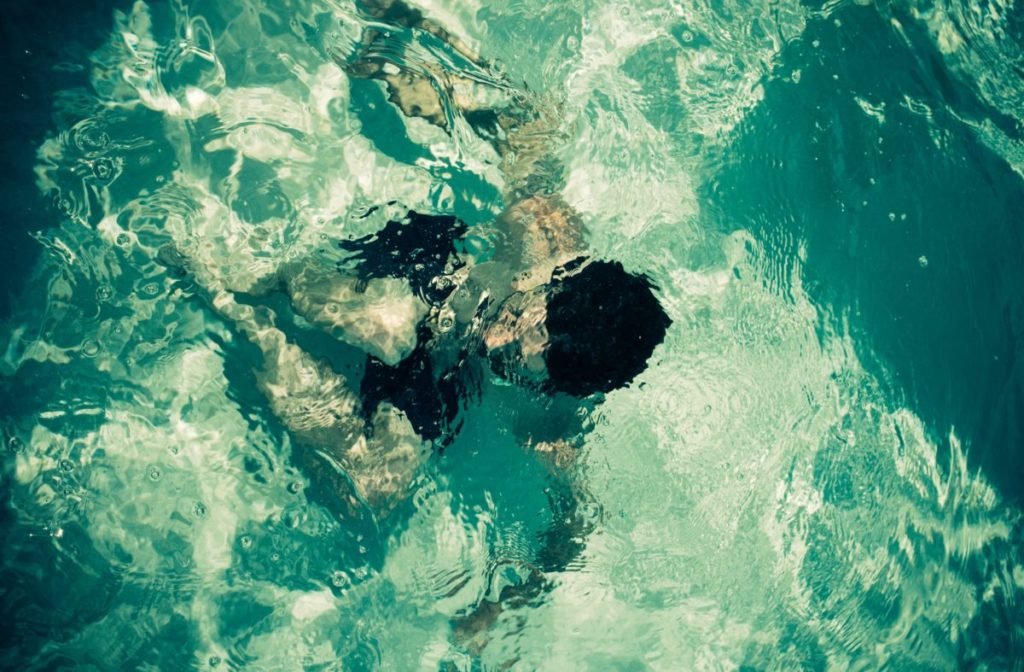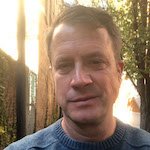
Listening to Buckthorn
“Although Wordsworth is [in the opening of
The Prelude] describing the activity of composing aloud, of
walking and talking, what the poetry reaches into is the activity of listening.”—Seamus Heaney
I like the sound
of a word in wood,
of Wordsworth’s rhythm
walking
where the poem goes.
A trail is there
but muddied over.
The way around crosses
last fall’s soggy oak leaves.
(Right sock soaked through.)
Spring words shine
like sun-baked bronze, and finally
some signs of green:
early shoots sound their
syllables in a few lighted spots.
It turns out Sumac’s not
an Indian word, but Arabic
from Aramaic, leafless still
along the clearing
for the railroad tracks.
Graffiti of course has Latin
roots. The spray paint
on the railroad trestle
on the river bank reads, “Vomet”
and “Empathy’s Greatest Obstacle.”
Coleridge liked the challenge
of making his way through a copse,
to clear, and crouch, and step
around rocks
or stones. And here
the almost furless bones
of a dead deer along the path.
Four live ones nosing for shoots stop
and watch until I’ve passed.
I like the sound of it, the wood
in a word, and talking
out loud, listening
back in, to wood ducks
on the flood
pond, and looking back as the trail
takes a turn: the glitter
of what’s sunlit.
Rainbow Bridge
It’s May. The damp is green, and still a chill
most mornings, times that reckon more to say.
He jumped into the river for a thrill.
Then news: a boy went missing Saturday.
This time, the river took more than it gave.
His friends who filmed him knew he couldn’t swim
and said he struggled past what they could save,
and one who tried to help just couldn’t reach him.
The fish that found his body in the dim
water, murky current, dead-wood tangle,
would never see in him cold news or poem,
downstream from the brightly painted trestle.
So if to write we feel we need reason,
a boy who drowns should not be that occasion.

Share this post with your friends.

